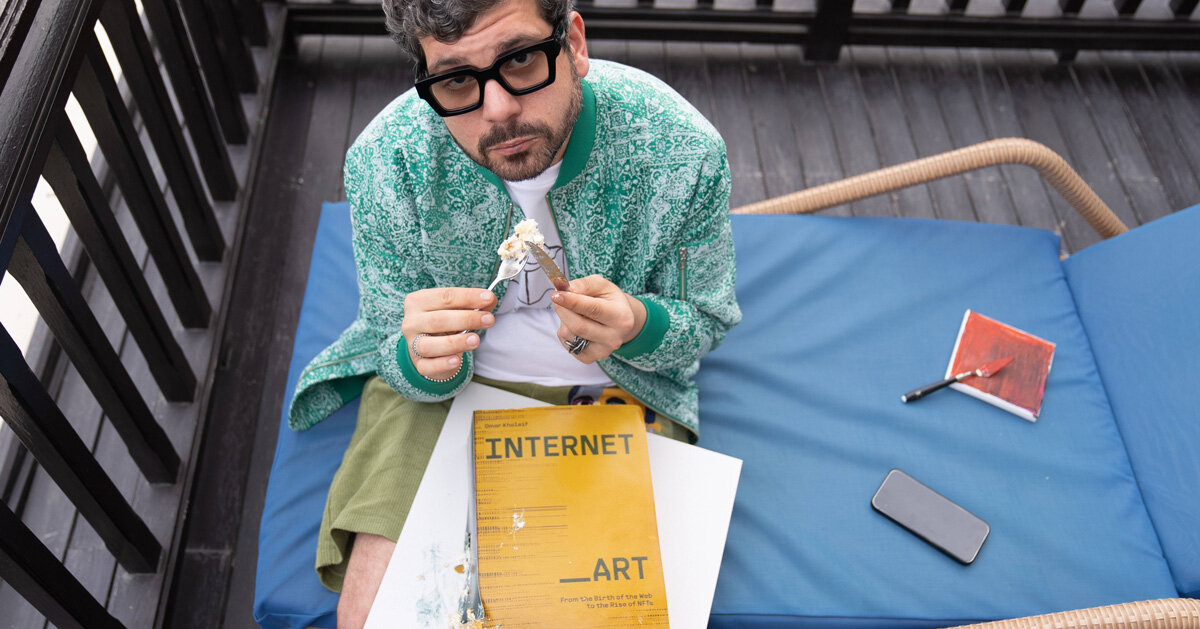Explain Blockchain to me in under 5 minutes

Blockchain can be perceived by many as revolutionary. It can also seem a bit too complicated and a difficult topic to understand. However, you shouldn’t be afraid to learn the basics or get the concepts.
You may have heard of “Bitcoin“. Bitcoin is a cryptocurrency that uses blockchain as its underlying technology. Today, there are thousands of cryptocurrencies, some of which sit on the same blockchain system.
Advertisement – Continue Reading Below
Blockchain is a new technology that many believe will power the next version of the internet, and understanding the basics can be great at this particular time.
So what is Blockchain?
As the name sounds or suggests, it is basically a chain of blocks linked together to store information, similar to how financial accounting works.
Blockchain is a chain of immutable blocks that are cryptographically secured.
Blockchains are secure databases by design. The concept was introduced in 2008 by Satoshi Nakamoto and then implemented for the first time in 2009 as part of the bitcoin digital currency;
Security is built into a blockchain system through the distributed timestamp server and peer-to-peer network, and the result is a database that is autonomously managed in a decentralized manner.
This makes blockchains excellent for recording events – such as medical records – transactions, identity management and proof of provenance. It essentially offers the potential for mass disintermediation of commerce and transaction processing.
Advertisement – Continue Reading Below
If you have ever downloaded movies or torrents from popular sites like BitTorrent. You have somehow experienced the distributed system since files are actually stored on someone’s computer, not a server.
The protocol token
A native or protocol token is the base token of a blockchain and is often required for transaction fees and operational tasks.
The native symbol of Ethereum is Ether and the native symbol of Cardano is ‘ada’ named after Ada Lovelace, considered the world’s first computer programmer. Usually, the cryptocurrency has the same name as the blockchain. So, Bitcoin blockchain’s native token is bitcoin, Stellars is awesome, and so on.
A non-native token, on the other hand, is a cryptocurrency created by a project for use only within its own borders.
Related
Types of Blockchain
All blockchains have their respective native tokens for governance. There are many different types of blockchains, but they all pretty much fall into these categories.
Public blockchains:
Public blockchains, like Bitcoin, are large distributed networks run through a native token. They are open to anyone to participate at any level and are open source which their community maintains.
Allowed blockchains:
Permissioned blockchains, such as Ripple, control the roles that individuals can play in the network. They are still large and distributed systems that use a native token. Their core code may or may not be open source.
Private blockchains:
Private blockchains tend to be smaller and do not use a token. Their membership is carefully controlled. These types of blockchains are preferred by consortia that have trusted members and trade confidential information.
There are other hybrid types which are usually a mixture of the above.
Advertisement – Continue Reading Below

Usecases
Cryptocurrencies are one of the significant use cases of blockchain technology currently with over thousands of coins created on the various blockchains.
Some of the promising use cases include Metaverse, GameFi, Safe Storage, Digital Identity, Real Estate, CBDC, etc.
Conclusion
If you forget everything in this article, just take that a blockchain is a special type of database. This database stores information in groups called blocks.
These blocks are connected in a sequential manner to form a continuous line. A chain of blocks. Each block is like a page in a ledger or a record book. Cryptocurrency is just one blockchain-powered technology and one of the many use cases to come.






















